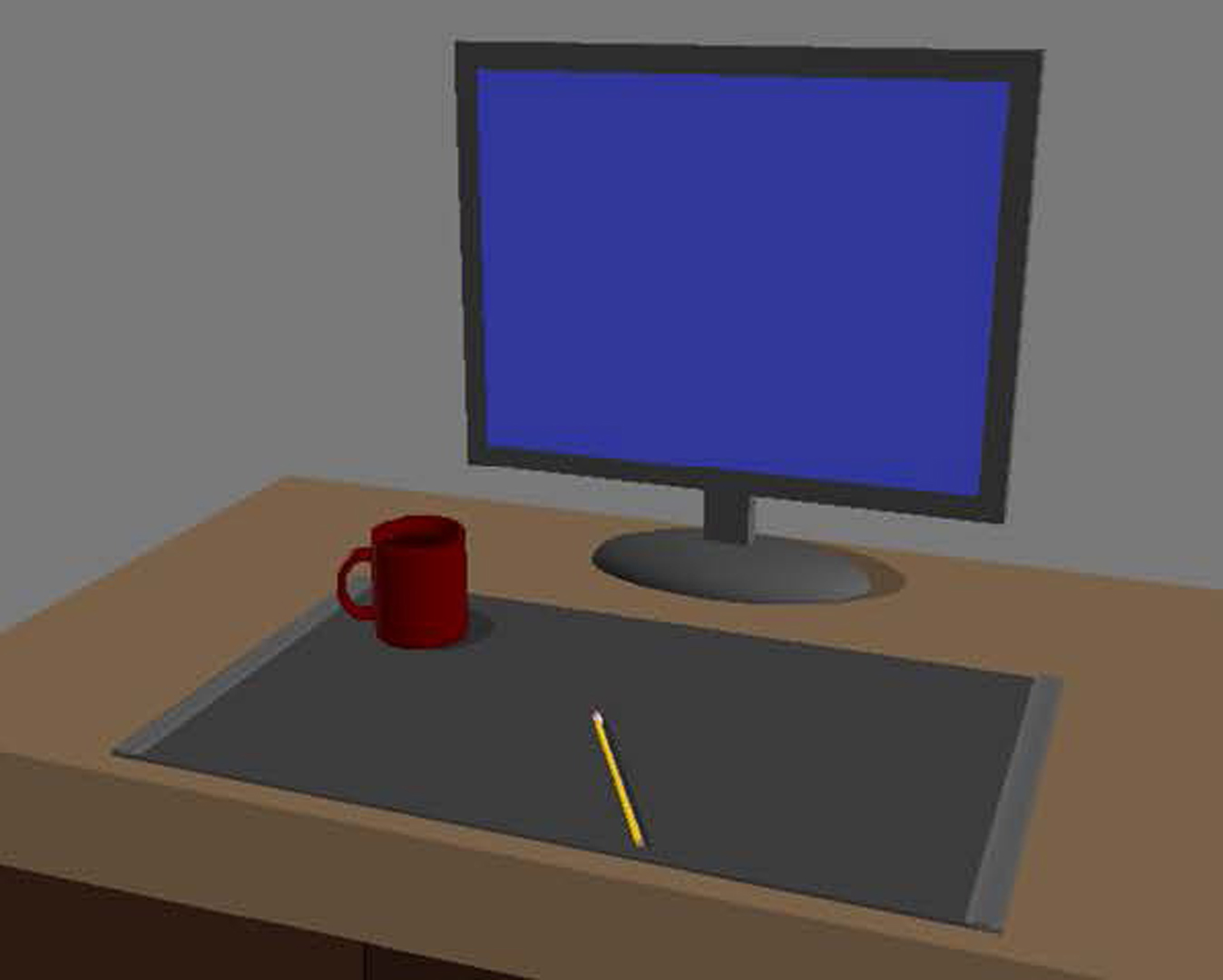“The UnMousePad: an interpolating multi-touch force-sensing input pad” by Rosenberg and Perlin
Conference:
Type(s):
Title:
- The UnMousePad: an interpolating multi-touch force-sensing input pad
Presenter(s)/Author(s):
Abstract:
Recently, there has been great interest in multi-touch interfaces. Such devices have taken the form of camera-based systems such as Microsoft Surface [de los Reyes et al. 2007] and Perceptive Pixel’s FTIR Display [Han 2005] as well as hand-held devices using capacitive sensors such as the Apple iPhone [Jobs et al. 2008]. However, optical systems are inherently bulky while most capacitive systems are only practical in small form factors and are limited in their application since they respond only to human touch and are insensitive to variations in pressure [Westerman 1999].We have created the UnMousePad, a flexible and inexpensive multitouch input device based on a newly developed pressure-sensing principle called Interpolating Force Sensitive Resistance. IFSR sensors can acquire high-quality anti-aliased pressure images at high frame rates. They can be paper-thin, flexible, and transparent and can easily be scaled to fit on a portable device or to cover an entire table, floor or wall. The UnMousePad can sense three orders of magnitude of pressure variation, and can be used to distinguish multiple fingertip touches while simultaneously tracking pens and styli with a positional accuracy of 87 dpi, and can sense the pressure distributions of objects placed on its surface.In addition to supporting multi-touch interaction, IFSR is a general pressure imaging technology that can be incorporated into shoes, tennis racquets, hospital beds, factory assembly lines and many other applications. The ability to measure high-quality pressure images at low cost has the potential to dramatically improve the way that people interact with machines and the way that machines interact with the world.
References:
1. Buxton, W., Hill, R., and Rowley, P. 1985. Issues and techniques in touch-sensitive tablet input. Proceedings of the 12th Annual Conference on Computer Graphics and Interactive Techniques. Google ScholarDigital Library
2. Davidson, P. L., and Han, J. Y. 2008. Extending 2d object arrangement with pressure-sensitive layering cues. Proceedings of the 21st Annual ACM Symposium on User Interface Software and Technology, 87–90. Google ScholarDigital Library
3. de los Reyes, I., Roberton, N., Calvery, B., Turner, T. J. E., Chandley, A., Makoski, D., Henderson, P., Nikitin, E., Elabbady, T., and Joe, P. 2007. Function oriented user interface. U.S. Patent Applications Publication No. US 2007/0198926 A1.Google Scholar
4. Dietz, P., and Leigh, D. 2001. Diamondtouch: a multi-user touch technology. Proceedings of the 14th Annual ACM Symposium on User Interface Software and Technology. Google ScholarDigital Library
5. Eventoff, F. N. 1979. Electronic pressure sensitive transducer apparatus. U.S. Patent No. 4313227.Google Scholar
6. Gettys, E. W., Keller, F. J., and Skove, M. J. 1989. Classical and modern physics.Google Scholar
7. Han, J. Y. 2005. Low-cost multi-touch sensing through frustrated total internal reflection. Proceedings of the 18th Annual ACM Symposium on User Interface Software and Technology, 115–118. Google ScholarDigital Library
8. Jobs, S. P., Et Al. 2008. Touch screen device, method, and graphical user interface for determining commands by applying heuristics. U.S. Patent Application No. 20080122796.Google Scholar
9. Joguet, P., and Largilliar, G. 2007. Devices and methods of controlling manipulation of virtual objects on a multicontact tactile screen. U.S. Patent Applications Publication No. US 2007/0198926 A1.Google Scholar
10. Malacaria, C. F. 1998. A thin, flexible, matrix-based pressure sensor. Sensors Magazine.Google Scholar
11. Perski, H., and Morag, M. 2002. Dual function input device and method. U.S. Patent No. 6762752.Google Scholar
12. Wessel, D., Avizienis, R., Freed, A., and Wright, M. 2007. A force sensitive multi-touch array supporting multiple 2-d musical control structures. New Interfaces for Musical Expression, 41–45. Google ScholarDigital Library
13. Westerman, W. 1999. Hand Tracking, Finger Identification and Chordic Manipulation on a Multi-Touch Surface. PhD thesis, University of Delaware.Google Scholar








